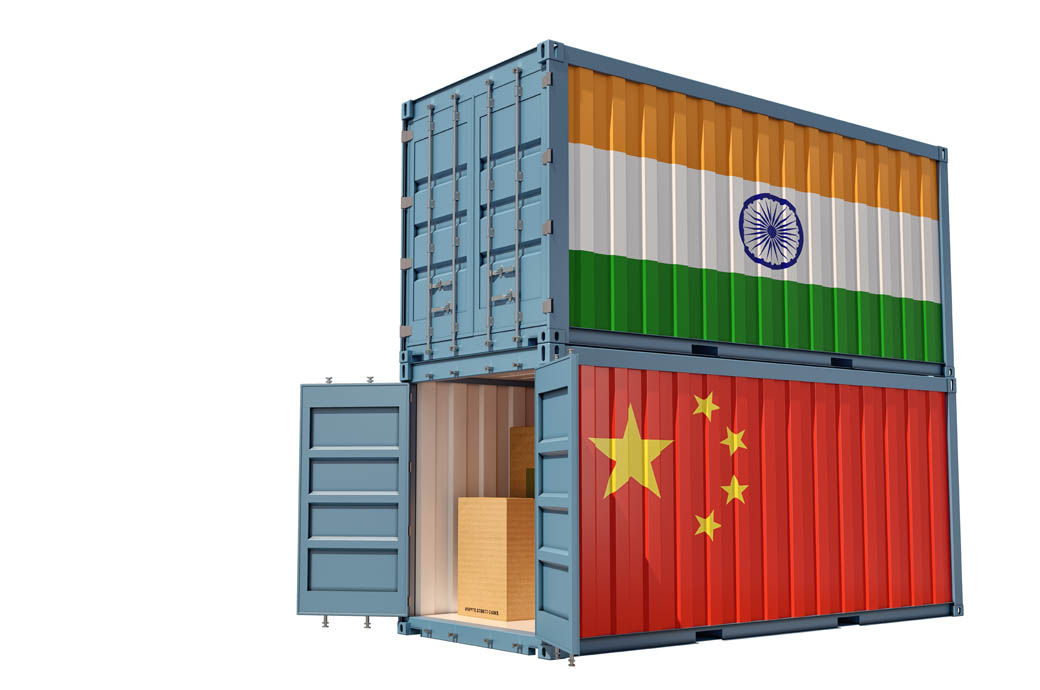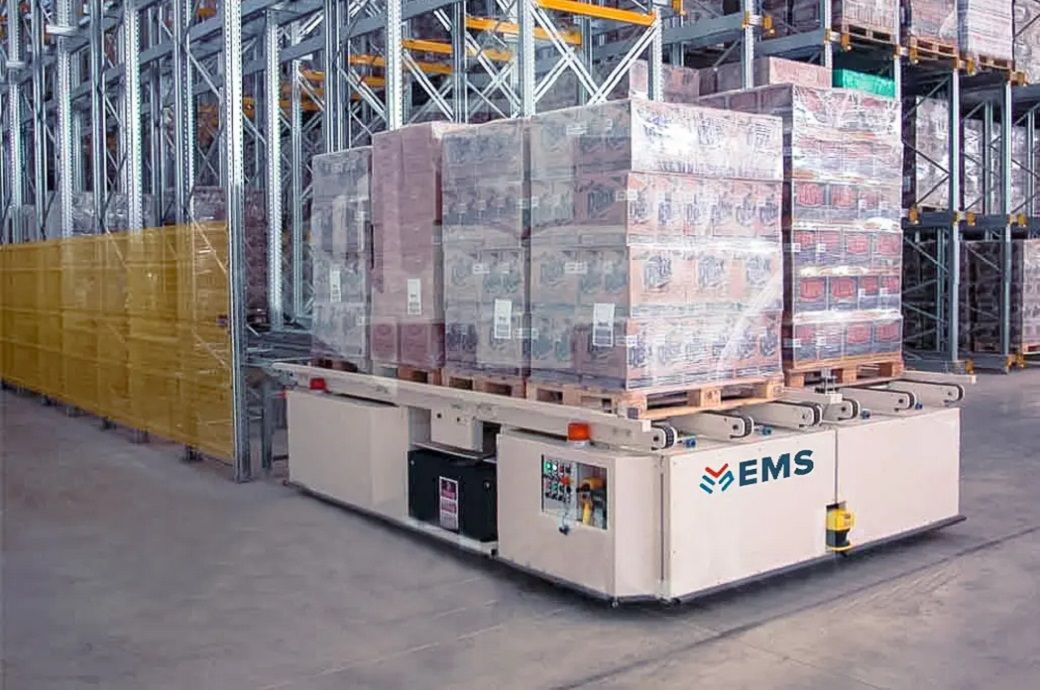The first estimate for euro area’s international exports of goods in February 2023 was EUR232.7 billion, an increase of 7.6 per cent compared with February 2022 at EUR216.2 billion. Imports stood at EUR228.1 billion, a rise of 1.1 per cent compared with February 2022 at EUR225.6 billion. As a result, the euro area recorded, for the first time since September 2021, a surplus of EUR4.6 billion in international trade in goods in February 2023, compared with a deficit of EUR9.4 billion in February 2022.
Intra-euro area trade rose to EUR224.4 billion in February 2023, up by 8.0 per cent compared with February 2022, according to the Eurostat, the statistical office of the European Union (EU).
In January to February 2023, euro area exports of goods rose to EUR455.3 billion–an increase of 9.2 per cent compared with January-February 2022. Imports rose to EUR482.4 billion–an increase of 5.6 per cent compared with January-February 2022. As a result, the euro area recorded a deficit of EUR27.0 billion, compared with EUR39.7 billion in January-February 2022. Intra-euro area trade rose to EUR450.4 billion in January-February 2023, up by 10.3 per cent compared with January-February 2022.
The first estimate for extra-EU exports of goods in February 2023 was EUR207.7 billion, up by 8.0 per cent compared with February 2022 at EUR192.3 billion. Imports stood at EUR202.9 billion, down by 2.8 per cent compared with February 2022 at EUR208.8 billion. As a result, the EU recorded a EUR4.8 billion surplus in international trade in goods in February 2023, the first surplus since July 2021, compared with a deficit of EUR16.5 billion in February 2022. Intra-EU trade rose to EUR345.5 billion in February 2023–at 7.9 per cent compared with February 2022.
In January to February 2023, extra-EU exports of goods rose to EUR406.3 billion–an increase of 9.2 per cent compared with January-February 2022. Imports rose to EUR437.3 billion–an increase of 2.4 per cent compared with January-February 2022. As a result, the EU recorded a deficit of EUR31.0 billion, compared with EUR55.1 billion in January-February 2022. Intra-EU trade rose to EUR694.6 billion in January-February 2023–at 10.5 per cent compared with January-February 2022.
In February 2023, compared with February 2022, the majority of member states registered increases, while seven member states registered a decrease in extra-EU exports. The highest increases were registered in Slovenia at 47.5 per cent, Slovakia at 25.9 per cent, Latvia at 23.9 per cent, and Lithuania at 20.7 per cent, while the highest decreases were observed in Cyprus at -28.3 per cent and Finland at -17.5 per cent.
With regard to the extra-EU imports, the picture is the opposite. In February 2023 compared to February 2022, the majority of members states registered decreases, while seven member states registered increases in extra-EU imports. The highest increases were observed in Hungary at 11.7 per cent and the Netherlands at 9.1 per cent, while the highest decreases were observed in Estonia at -55.9 per cent and Finland at -40.6 per cent.
In February 2023 compared with January 2023, EU seasonally adjusted exports increased by 1.1 per cent, while imports decreased by 4.7 per cent. The seasonally adjusted balance was -EUR1.0 billion, an increase compared with January at -EUR14.4 billion.
In February 2023, according to Eurostat, exports of goods in the Euro area increased by 7.6 year-on-year, while imports climbed by 1.1% year-on-year. In February 2023, the EU exported more goods than the year prior, with their exports increasing by 8.0 per cent, while imports declined by 2.8 per cent YoY. The trading of goods within the eurozone reached EUR224.4 billion and commerce between various EU member countries totaled EUR345.5 billion in February 2023.


 World News2 years ago
World News2 years ago
 World News2 years ago
World News2 years ago
 World News2 years ago
World News2 years ago
 World News2 years ago
World News2 years ago
 World News2 years ago
World News2 years ago













